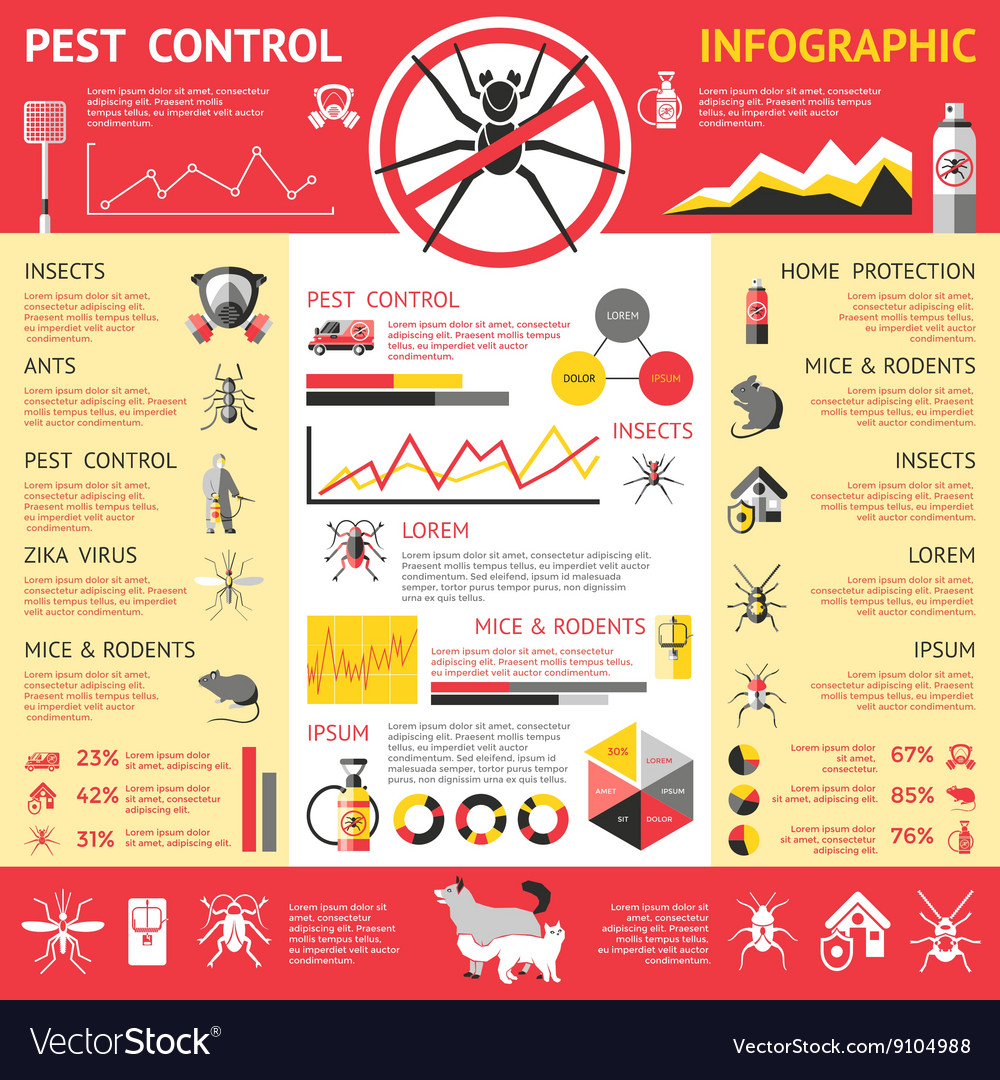Rodent-Proofing Your Outdoor Area: Techniques For A Pest-Free Backyard
Rodent-Proofing Your Outdoor Area: Techniques For A Pest-Free Backyard
Blog Article
Content Create By-Meredith Cormier
Did you recognize that rodents can squeeze with openings as tiny as a quarter? Picture the effects for your outdoor area. From munching on plants to nesting in cozy edges, these insects can create chaos if given the chance. Yet worry not, there are practical methods you can employ to keep your lawn rodent-free. By taking straightforward actions to secure entrance factors and preserve a neat atmosphere, you can create a fortress versus unwanted furry site visitors. So, are you prepared to secure your outdoor place from these pesky trespassers?
Identify Access Points
To properly rodent-proof your outdoor space, start by identifying potential entry factors. Examine your lawn for any spaces or openings that rats can use to get. Inspect areas such as voids under doors, holes in the walls, or openings around energy penetrations. Bear in mind that mice can squeeze with holes as little as a cent, so be comprehensive in your evaluation.
Focus on locations where utilities enter your home, such as where pipes, cables, or cords go into the building. Seal any type of gaps around these access factors with products like steel woollen or caulk. Furthermore, check for any kind of cracks in the foundation or spaces in the home siding that could function as entry factors for rodents.
Pay close attention to locations where plants meets your home, as overgrown plants can provide hiding areas and simple access for rats. Trim any type of looming branches or shrubs that could be utilized as bridges to your home. By determining and sealing off https://www.wsaw.com/2023/02/09/wild-instincts-animal-rescue-need-raptor-rescue-transport-drivers/ , you can dramatically decrease the opportunities of rodents invading your outdoor area.
Implement Exclusion Measures
Checking and securing entry factors is the first step in rodent-proofing your exterior room; now you'll do something about it by carrying out exemption procedures.
Begin by setting up door sweeps on all outside doors to avoid rats from squeezing via voids. Seal splits and gaps with weather-resistant sealant, focusing on locations where utility pipelines enter your home.
Usage wire mesh to cover vents and smokeshafts, ensuring they're firmly attached. Cut tree branches and plants away from your house to get rid of potential bridges for rodents to access your roof covering.
Additionally, consider installing metal blinking around the base of your home to prevent burrowing. https://cristianmhbwq.tokka-blog.com/26806376/experience-the-problem-between-an-old-building-and-a-concealed-termite-problem-as-experts-present-cutting-edge-methods-to-protect-its-historic-significance of 18 inches off the ground and away from your home.
Keep rubbish in firmly secured containers, and promptly clean up any splashed birdseed or animal food. By applying these exclusion actions, you can considerably lower the likelihood of rodents attacking your exterior space.
Maintain Sanitation and Trimmed Landscaping
Guarantee your outdoor area stays neat and your landscape design is routinely trimmed to deter rats from locating harborage or food sources. Maintaining your backyard clean is key to decreasing destinations for rodents. Eliminate any kind of debris, mess, or extra items that might work as hiding places for these bugs. https://ratremovalspecialists73849.myparisblog.com/27054631/picking-the-correct-termite-management-service-for-your-home are attracted to areas with easy accessibility to food and sanctuary, so by preserving sanitation, you make your residential or commercial property much less appealing to them.
Routinely trimming your landscape design is additionally important in rodent-proofing your exterior room. Disordered vegetation supplies rats with adequate hiding areas and possible nesting websites. By keeping your yard cut, bushes trimmed, and trees pruned, you get rid of possible environments for rodents. In addition, cut landscape design makes it harder for rodents to access your home as they like areas with ample protection for protection.
Final thought
To conclude, by taking the time to rodent-proof your exterior area, you can make sure a pest-free backyard for years to come. Bear in mind to on a regular basis evaluate for access points, implement exemption actions, and maintain your backyard tidy and well-kept.
With these simple methods in position, you can enjoy a serene and rodent-free outdoor environment. So, do not postpone - start rodent-proofing today and say goodbye to undesirable critters in your lawn!
